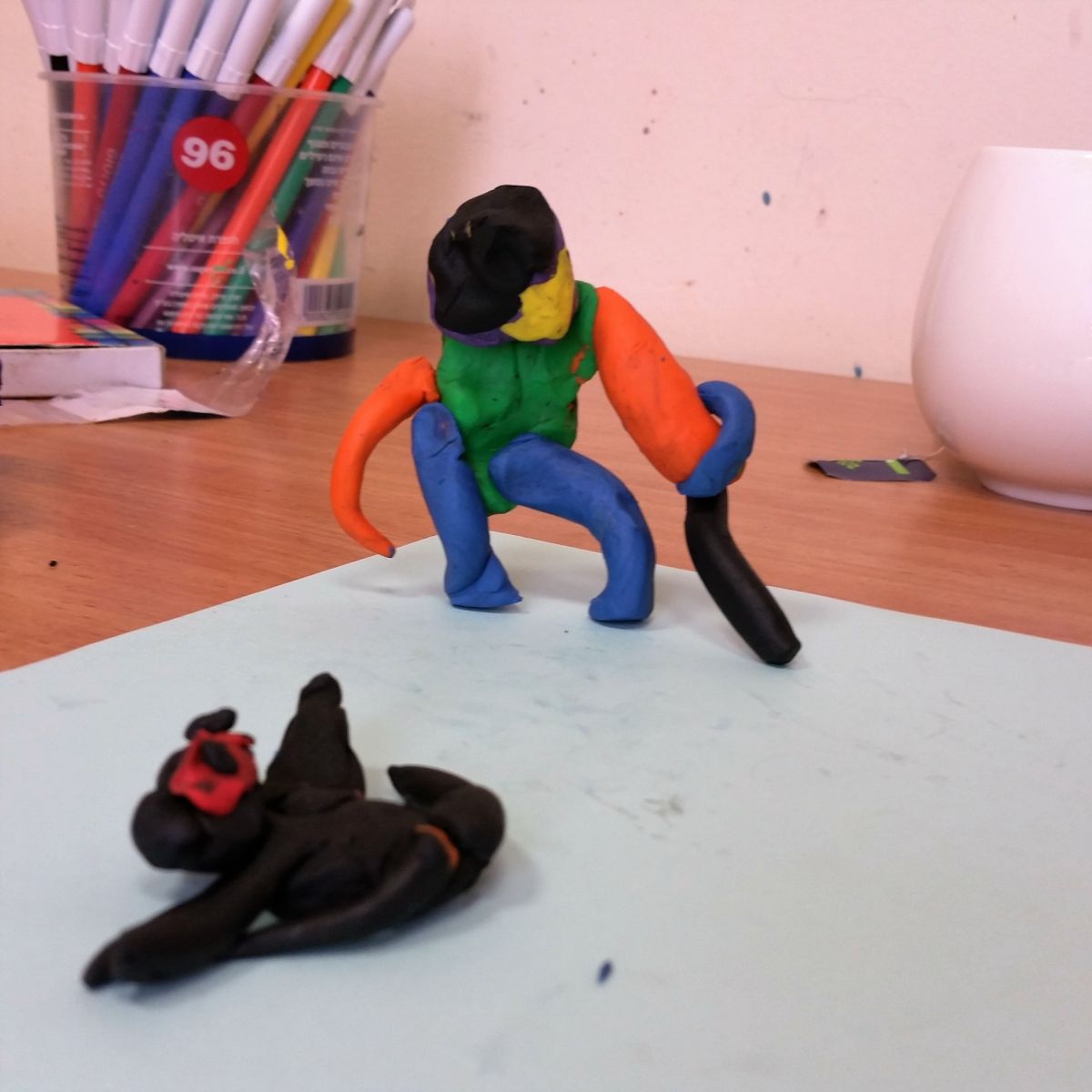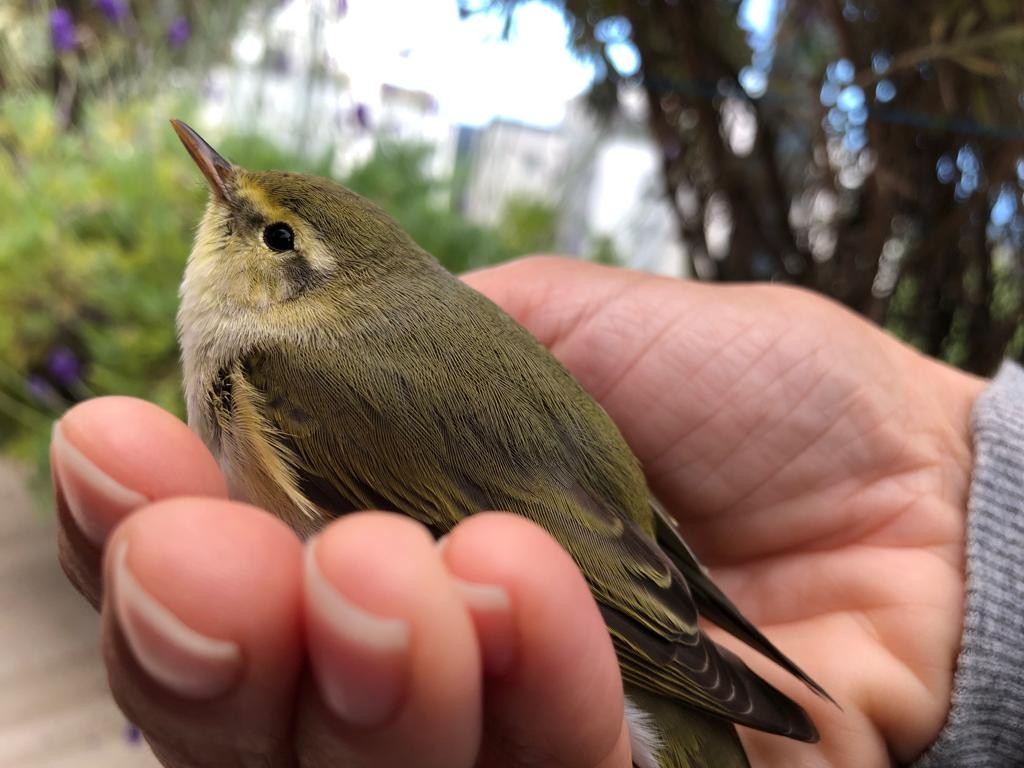Treatment with Mindfulness & creativity
The integration of the mindfulness approach in mental health therapy was developed as a therapeutic intervention about 40 years ago by the scientist, author, and professor of medicine John Kabat-Zin.
Mindfulness has been proven in research to help reduce stress and cope with a lack of emotional regulation. It is now known that the practice of access tools contributes to the development of communication skills, emotion regulation, and mental clarity through intentional and non-judgmental attention to sensations, thoughts, and emotions in the present tense.
The mindfulness approach receives broad support from the scientific community and is supported by a backlog of studies dealing with brain functions, which testify to neurological changes that occur thanks to the practice. These studies attest to the effectiveness of the approach in enabling rebalancing in different difficult situations and with different communities. In recent years, types of therapy have even been developed that combines the practice of mindfulness meditation in the treatment of distress, anxiety, depression, ADHD, and a variety of other mental, physical, and medical conditions.
About expressive therapy and creativity
It is now known that a creative process in therapy, allows reaching places where it is not possible to reach in therapy that relies only on verbal means of expression. Combining non-verbal means of expression and work in movement opens channels for self-expression and helps resolve conflicts, develop interpersonal skills, change behavior patterns, reduce stress, and increase appreciation and self-awareness(Emerly, Melinda J. 2004 ). Creating a treatment process allows for an in-depth encounter and with more attention, with contents that are sometimes ambiguous and unavailable in words. Expression through the arts (material, color, writing, acting, movement and sounds) enables the strengthening of a sense of ability and control (Kenil, 2000).
In the past 75 years, since threats have been used for healing, as the field of art therapy in all its branches advances, there has been an expansion in clinical research in the field (Fernoset al., 2008; Rappaport, 2014). Today, neurologists verify the positive benefit and change for the better in the degree of recovery through brain activity tests, heart monitoring, and other physiological tests through which focused documentation of the changes is made. Rappaport, 2014).
Integrating the tools of listening access and creation
The use of such means of expression and creativity enables the expression, illustration and meaning of thoughts, feelings and feelings. The combination of mindfulness tools and creativity in emotional therapy significantly expands the possibilities for emotional expression, bridging between the inner world (thoughts, feelings and emotions) and the external (visible reality) This combination allows a broad basis for development and change.
Between attentiveness and creativity, there is a space. Kabat-Zin argues that attentiveness is a way of being in communication with everything that is in this moment. In the technological age of information abundance in which we live, at any time something happens on several channels simultaneously. Lingering at this moment with everything that is there expands the possibilities of choice and the freedom to act. "In the space between stimulus and response, we have the power to choose the response and in response is our ability to grow and freedom" - Viktor Frankl.
Mindfulness and creativity tools help discover and develop this freedom and the familiarity, acceptance, and containment of various self-states. Creation, as mentioned above, is a means of expressing and expressing sensations and emotions that are experienced during practice, internal processes can take on an additional or new meaning so that the capacity for mental flexibility and allowing change can be increased.
Who is this treatment for?
Adults, youth, children.
The session includes a conversation, and personalized, attentive observation of what concerns (feelings, sensations, thoughts) when creating in verbal simulation or in the act of creating to express feelings and thoughts experienced during the practice. A significant part of the therapy is the practice of Mindfulness between sessions with each practice being personalized.
When can this treatment help?
- To raise and nurture a beneficial life experience, through practice, attentive observation and creativity.
- Feel at home in yourself along with all the challenges you face.
- In dealing with crisis situations and stress for example following an accident/illness/separation/dismissal.
- Dealing with PTSD
- Coping with Depression
- Implementing effective tools to reduce stress, anxiety, and feelings of stress.
- Postponing gratification and dealing with challenging emotions.
- Personal expression of feelings, sensations and thoughts
- Development of communication skills.
-Development of skills for focus(ADHD, ADD, ADHD)
-Development of cognitive function skills(PDD)
- Tools for regulating emotions.
-Strengthening trust and the ability to self-accept.
+ You can come to a one-time consultation and choose whether to continue.
Contact us and I will be happy to answer any questions





